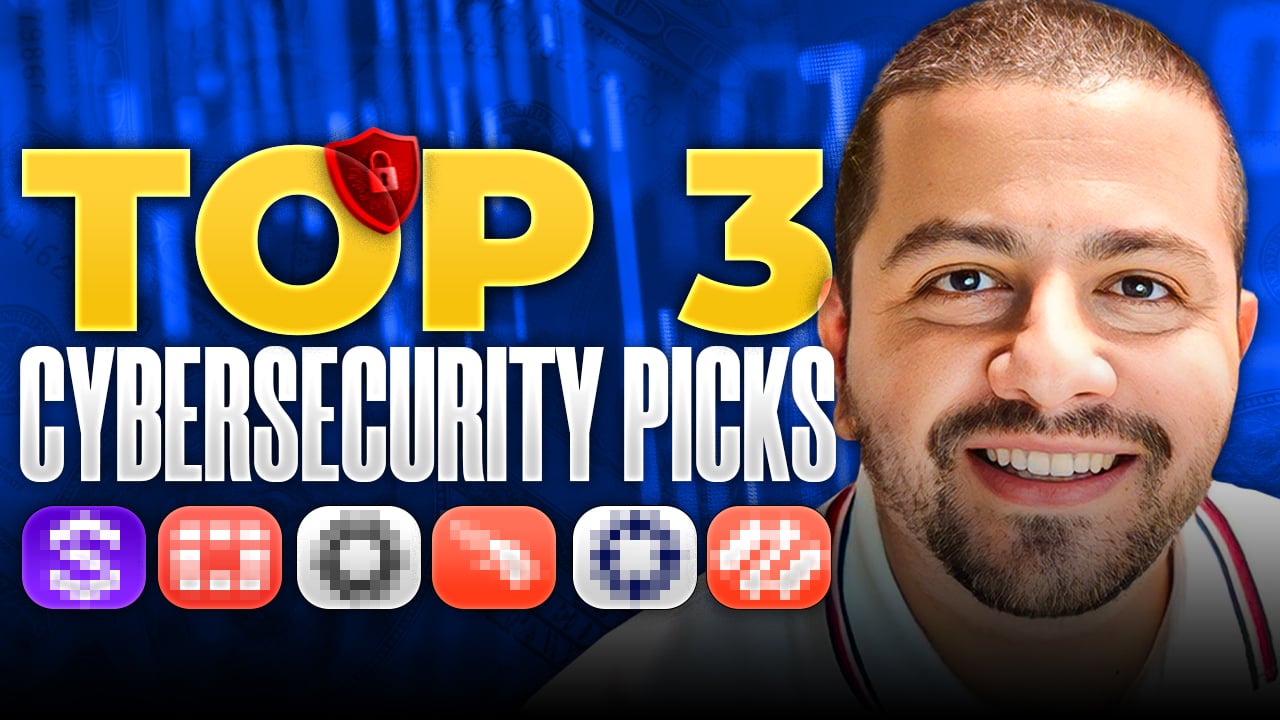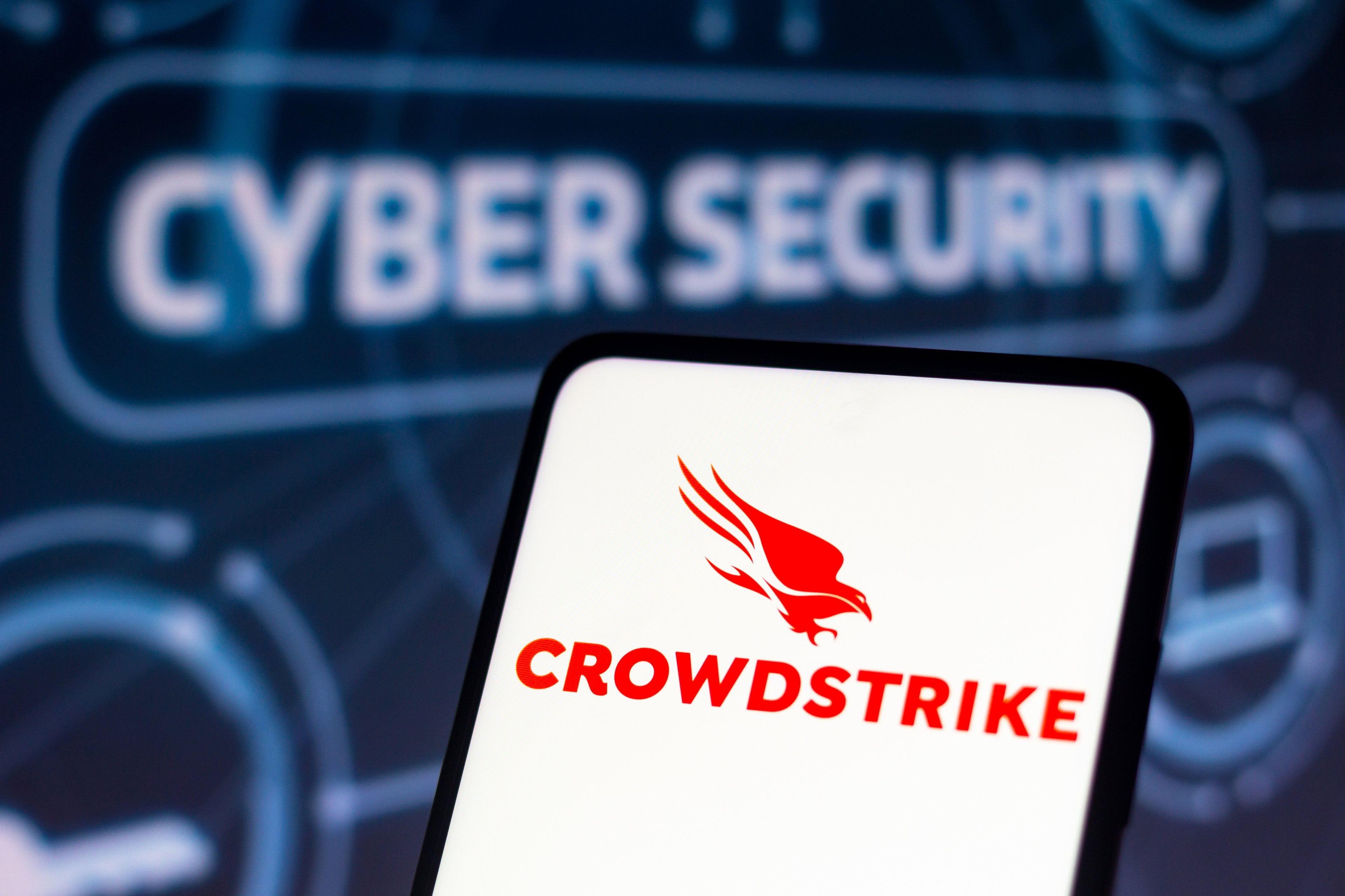Cloud-based endpoint cybersecurity company CrowdStrike (CRWD +0.14%) is one of the best-performing public offerings in recent history. About a month after its debut in June 2019, the stock is trading at more than double its initial pricing of $34 a share.
Despite the torrid advance, it still looks too early to pile in on the stock. I'll admit I'm rarely an early buyer of hot growth companies, a tendency that has led me to miss getting in early on a few growth stories. It has also saved me from plenty of pain, though.
Given the current valuation on CrowdStrike, I think this could be one of those times to be patient and wait for more details.
What exactly is CrowdStrike?
Cybersecurity is a fast-growing niche within the technology universe. Researcher Global Market Insights thinks the industry will grow an average of 12% every year through 2024 with spending topping $300 billion worldwide by that time. Multiple developments like the Internet of Things and cloud computing are rapidly changing business operations, which in turn necessitates new data risk management practices. That's where CrowdStrike comes in.
The start-up (it was founded in 2011) took a new approach to security, building a platform for the cloud computing era. As remote operations increase, the need to keep "endpoints" (employee computers and smartphones, servers, and other network-connected equipment) safe is on the rise as well. As the company explains, CrowdStrike's software protects all of those endpoints and "benefits from crowdsourcing and economies of scale, which we believe enables our AI (artificial intelligence) algorithms to be uniquely effective." Put simply, the more users on CrowdSource's platform, the better it gets at protecting everyone.
It isn't just hype. CrowdStrike has the numbers to prove it is on to something. In 2018, total revenue increased a whopping 110% over 2017 to $250 million. That spanks the average industry growth rate, including some of its immediate competitors like BlackBerry's Cylance and Carbon Black. Besides adding hundreds of new customers last year, CrowdStrike also reported that its dollar-based net retention rate was 147% -- implying that existing customers spent an average of almost 50% more on CrowdStrike's security offering than the year prior. That's quite the testimonial.

CrowdStrike's Falcon cloud-based endpoint protection platform. Image source: CrowdStrike.
Priced for nothing less than perfection
After a glowing financial review like that, perhaps you're wondering what my problem is.
The first issue is that CrowdStrike is nowhere near profitable. In fact, the company's operating loss increased to a steep $137 million last year compared with a $131 million loss in 2017. Granted, much of that is due to aggressive reinvestment into sales and marketing (a $173 million expense in 2018) and research and development (an $84.6 million expense) and includes $20.5 million in employee stock-based compensation. Nevertheless, it's important to bear in mind that CrowdStrike is still a long way off from being cash flow positive.
Steep losses in and of themselves aren't necessarily a reason to shy away from a company. Other companies with grow-now, profit-later concerns are still sometimes worth investing in. That brings me to CrowdStrike's second issue: Its current valuation looks rich.
For companies that run at a loss, the price-to-sales ratio (current market capitalization divided by the last 12 months of revenue) is a good place to start. For CrowdStrike, price to sales is currently at an incredibly hefty 53.9. By comparison, Okta -- one of CrowdStrike's high-octane cybersecurity peers -- has a P/S ratio of 34.7 as of this writing. The comparatively cheaper metric for Okta is due to its slower sales pace (first-quarter 2019 revenue was up 50%), but Okta is also currently a bigger company than CrowdStrike (full-year 2019 revenue is expected to be at least $543 million) and also recently crossed over into free-cash-flow-positive territory. In other words, Okta is a better value and bears less risk than CrowdStrike right now.
CrowdStrike's valuation is assuming that its incredible revenue growth will continue to double in the year ahead. With revenue more than doubling last year, it would seem like another successful outing this year is in the cards. However, without any current business outlook from management, I'm not ready to make that bet. That might change soon, though.
The company will be releasing its fiscal 2020 first-quarter results (for the three months ended April 30, 2019) on July 18. If CrowdStrike demonstrates its momentum has staying power and provides a rosy forecast, shares may not be overpriced after all. Until then, I'm preaching patience and waiting for some more details before hopping on the bandwagon.






